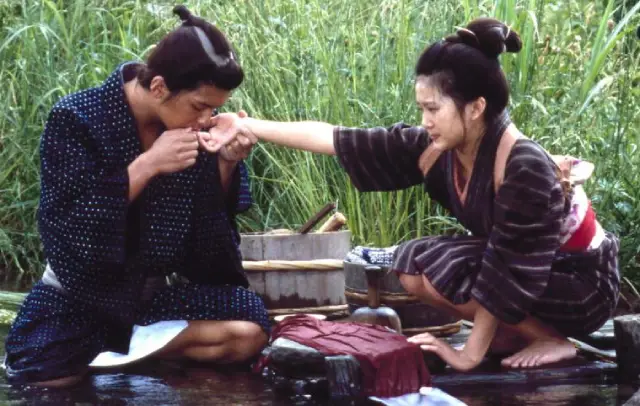
The costumes, settings, and script of The Samurai I Loved immediately transport samurai film enthusiasts back to the golden era of classic black-and-white samurai masterpieces.
The village where Bunshiro and Fuku, the daughter of his family's friends, reside appears peaceful, steeped in tradition with its teachings in song, poetry, proper tea ceremony, and training for women in serving their masters. The village also observes festivals and emphasizes swordsman training. During the many festival celebrations, Bunshiro is often tasked with looking after Fuku, who clearly harbors feelings for him. However, Bunshiro cannot return her affection, as he is frequently drawn away to defend his friend's honor against the village bullies. As the story unfolds, it becomes dangerously evident that Bunshiro faces far greater challenges than unrequited love.
As Bunshiro hones his swordsmanship, Fuku is trained in the arts of serving a future husband. Bunshiro's carefree days of youth, filled with laughter, swimming, and future plans with his two close friends, come to a sudden halt when his father is arrested for treason. The samurai leaders of the village, including his father, are forced to commit harakiri, leaving Bunshiro and his mother without government support, forced to fend for themselves. Fuku is now forbidden from speaking to the family of traitors, and Bunshiro's future appears bleak—until one day, the government retainers summon him.
The retainers offer him a position as a crop inspector for the same fief that condemned his father and friends, trapping Bunshiro into serving the very leaders responsible for his father's death. Meanwhile, Fuku is sent away to become a concubine for the Lord. Despite the painful circumstances, Bunshiro accepts this path, as it allows him to save face and support his mother. The only solace he finds is in continuing to master his swordsmanship and in occasional visits to Fuku's old home.
The Samurai I Loved wouldn't be complete without a twist of fate in true epic samurai fashion. Bunshiro is drawn into a small group of survivors from his father's era, who reveal that the current leadership remains corrupt and in dire need of change. They also inform him that his childhood love, Fuku, has unwittingly become entangled in the corrupt schemes. Eager to right the wrongs, Bunshiro joins their cause, setting the stage for the classic samurai drama to unfold.
See also
-
Tatara Samurai
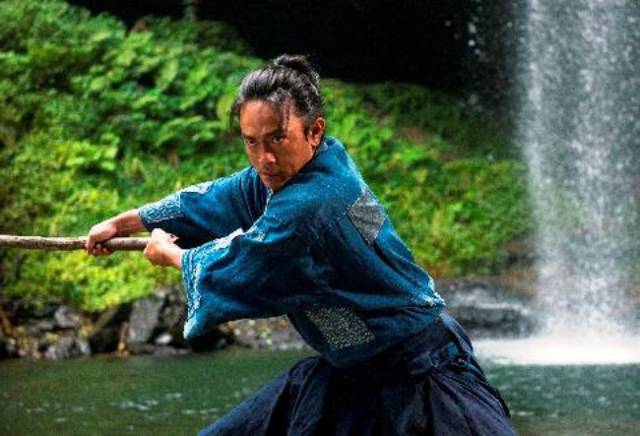
One day, bandits raid the quiet Tatara village, renowned for its steelworks and sword craftsmanship. Despite the arrival of samurai to protect the villagers, young Gosuke's mother is tragically killed while fleeing with him.
-
Samurai Fiction
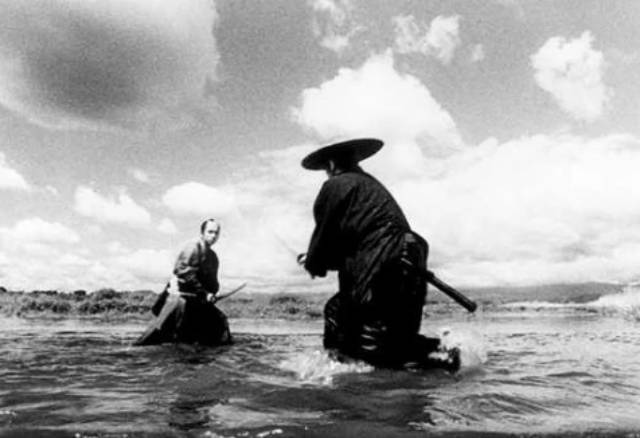
Samurai Fiction is a 1998 samurai-comedy film directed by Hiroyuki Nakano. The movie stands out for being filmed almost entirely in black-and-white, paying homage to classic jidaigeki samurai films. However, what sets it apart from its inspirations, including the works of Akira Kurosawa, is its modern twist, notably Tomoyasu Hotei's rock-and-roll soundtrack. A loose spinoff, Red Shadow, was released in 2001.
-
Rurouni Kenshin
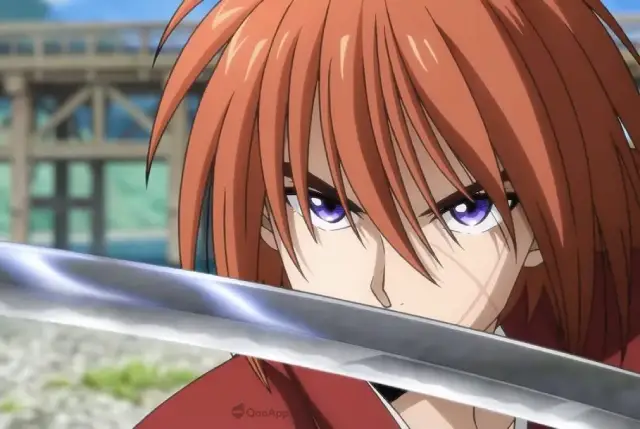
Rurouni Kenshin: Meiji Swordsman Romantic Story (Japanese: Hepburn: Rurōni Kenshin -Meiji Kenkaku Roman Tan-) is a Japanese manga series created by Nobuhiro Watsuki. Set in 1878, during the 11th year of the Meiji era in Japan, the story follows a former assassin known as Hitokiri Battosai. After his role in the turbulent Bakumatsu period, he adopts the identity of Himura Kenshin, a wandering swordsman who vows never to kill again. He dedicates his life to protecting the people of Japan. Watsuki crafted this series with the intent to create a unique shōnen manga, distinguishing it with a protagonist who is a former assassin and a narrative that becomes increasingly serious as it progresses.
-
Samurai Spy
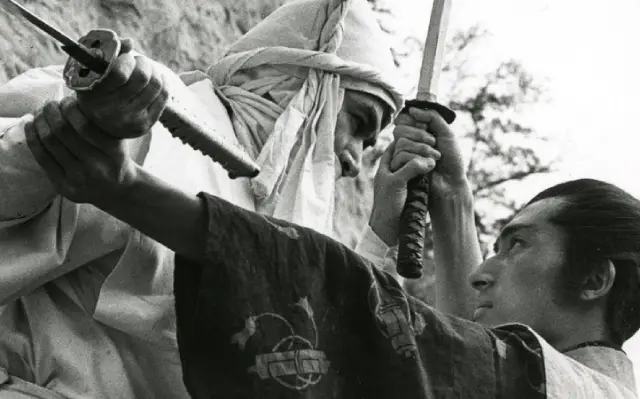
Samurai Spy (Ibun Sarutobi Sasuke), also known as Spy Hunter, is a 1965 film directed by Masahiro Shinoda, adapted from a novel by Koji Nakada. The film follows the legendary ninja Sasuke Sarutobi as he hunts the elusive spy Nojiri, while a shadowy figure named Sakon leads a group of men with their own designs on Nojiri. As the pursuit unfolds, the lines between allies and enemies blur, leaving everyone unsure of each other's true allegiance. Created during the height of the Cold War, the movie reflects the complexities and shifting loyalties of spies caught in the power struggles of their era.
-
Samurai III: Duel at Ganryu Island
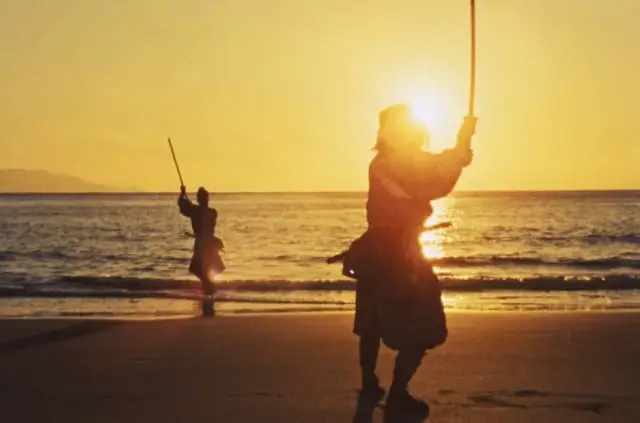
Samurai III: Duel at Ganryu Island (Japanese: Hepburn: Miyamoto Musashi Kanketsuhen: Ketto Ganryūjima) is a 1956 Japanese film directed by Hiroshi Inagaki and starring Toshiro Mifune. Filmed in Eastmancolor, it serves as the concluding chapter of Inagaki's Samurai Trilogy.
-
Samurai Marathon
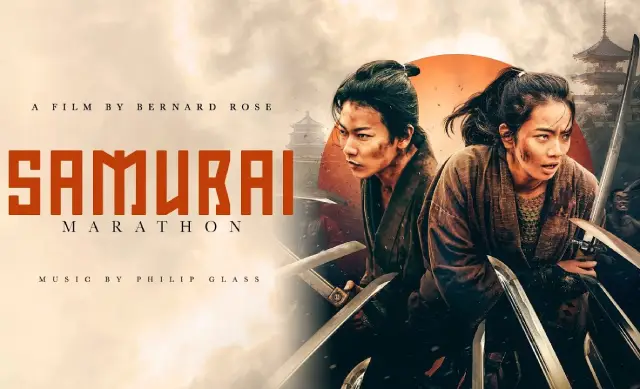
The producing team behind Takashi Miike's "13 Assassins," Jeremy Thomas and Toshiaki Nakazawa, reunite for another visually striking and action-packed samurai film. Based on a novel by Akihiro Dobashi, this film may not reach the same heights of relentless carnage or critical acclaim as its predecessor, but it still offers an exciting and occasionally humorous addition to the samurai genre, likely to resonate with festival audiences. This story of a literal running battle between rival samurai factions could see moderate success in theaters, though it may require more marketing effort without the ultra-violent appeal that made "13 Assassins" memorable.
-
Samurai II: Duel at Ichijoji Temple (1955)
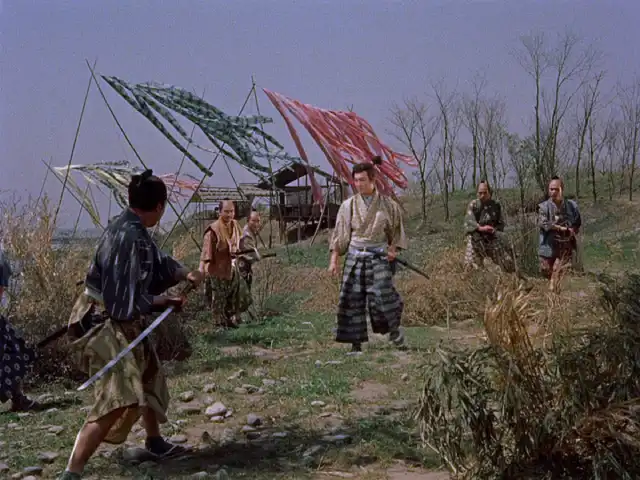
Duel at Ichijoji Temple (Hepburn: Zoku Miyamoto Musashi: Ichijōji no Kettō) is a 1955 Japanese film directed by Hiroshi Inagaki and starring Toshiro Mifune. Filmed in Eastmancolor, it is the second installment in Inagaki's Samurai Trilogy.
-
Samurai Wolf (Kiba Okaminosuke)
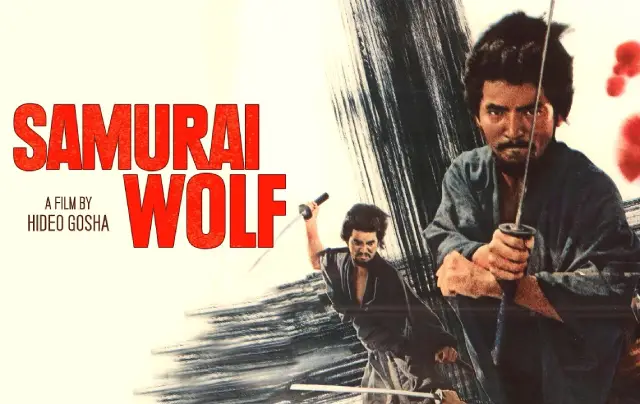
Hideo Gosha’s Samurai Wolf (Kiba Okaminosuke) is a gritty, hard-edged, and bloody reimagining of the traditional chambara film—a genre of action-oriented, historical sword-fighting movies that enjoyed widespread popularity in Japan throughout the 1950s but had begun to decline by the mid-1960s. Gosha had already established his reputation in this genre with films such as his debut feature, Three Outlaw Samurai (Sanbiki no samurai, 1964), a prequel to a popular television series, and Sword of the Beast (Kedamono no ken, 1965). These works established Gosha as a renegade artist unafraid to break conventions, a reputation that Samurai Wolf only cemented.

